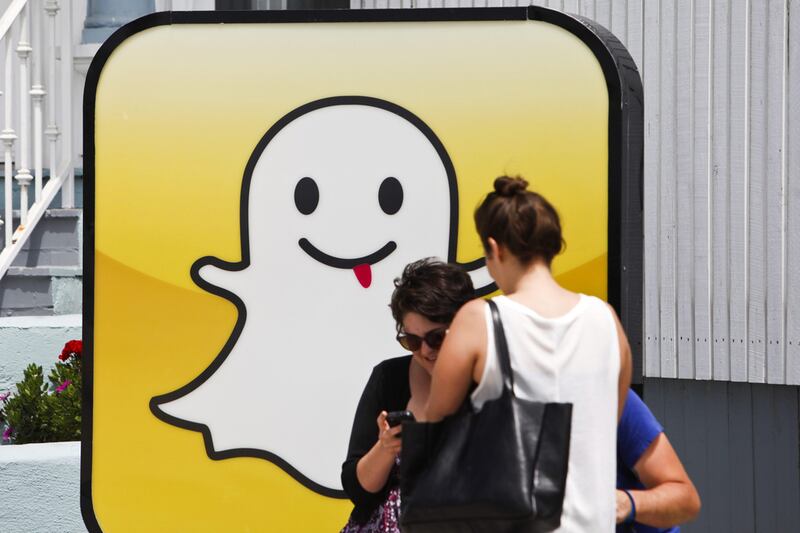Stealing a goose from a pond, slaughtering and then cooking it isn’t something one would normally do during a holiday. But a young Kuwaiti man and his friends did just that recently in Switzerland – and they shared the moment with their followers on the social media app Snapchat.
Normally, “snaps” disappear a few seconds after they are viewed. But in this case the three short clips – one of catching the goose, one of slaughtering it and one of cooking it – was saved and went viral across other social media networks, including Twitter. Many people condemned the young man for his irresponsible actions.
There were also news reports that Kuwaiti security authorities are now looking for the tourist in cooperation with the ministry of foreign affairs, which has warned its citizens against spoiling the country’s reputation by violating the laws of the places they visit.
The question is: what has driven this young man to do this? Would he have done it if there was no public platform that allowed him to share something he thought was funny? (You can tell he does think it’s funny from the way he is seen laughing with his friends in the video.)
Although it has many good applications, Snapchat has provided a platform for people – mostly teenagers – to publicly share their inconsiderate actions.
But, frankly speaking, how much thought would you put into a picture when you expect it to disappear after a few seconds?
It’s normal for young people to seek attention. In fact, seeking functional social attention is understandable among all ages. Science tells us that even excessive attention-seeking is not a character flaw, but rather a brain-wiring response to early developmental trauma caused by neglect.
In such cases, the human mind equates getting attention with survival and safety.
But one could argue that many attention-seeking actions would not have happened if instant sharing networks did not exist to broadcast them. Snapchat is providing people with an audience to do the unusual to seek more attention.
While some people use it to post controversial actions, others use the app to be creative, informative and inspirational. An increasing number of people are breaking out of their bubble of friends and reaching out to a wider audience.
Thinkers are using the mobile app to discuss important issues, specialists are using it to share tips, comedians are using it to share clips of their performances, celebrities are using it to reach their fans, and so on.
Snapchat became even more interesting this year after the developers added the “Discover” feature, allowing users to explore stories created by editorial teams at leading media organisations. It also began releasing live feeds of world events in a feature called “Our Story”, which has added richness to an otherwise very simple app and given it a deep cultural aspect. Users can practice a casual style of journalism by sharing their personal live coverage of cities, events or places they visit. The Snapchat team turns the best of them into multi-user collective stories that can be viewed by users all around the world.
It’s fascinating to observe how social media apps are changing the way we express ourselves, and send and receive information. Our behaviour online can say a lot about us. We just need to be conscious about it.
aalmazrouei@thenational.ae
@AyeshaAlmazroui





